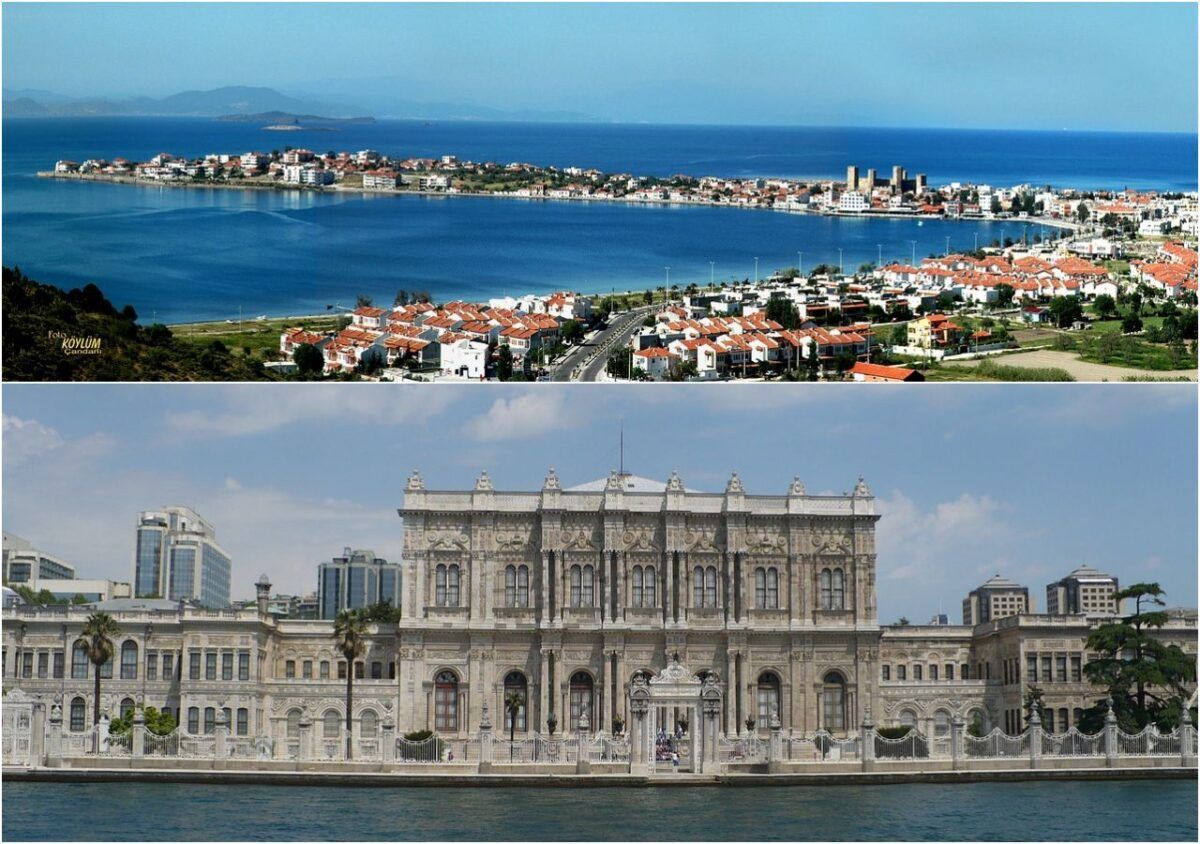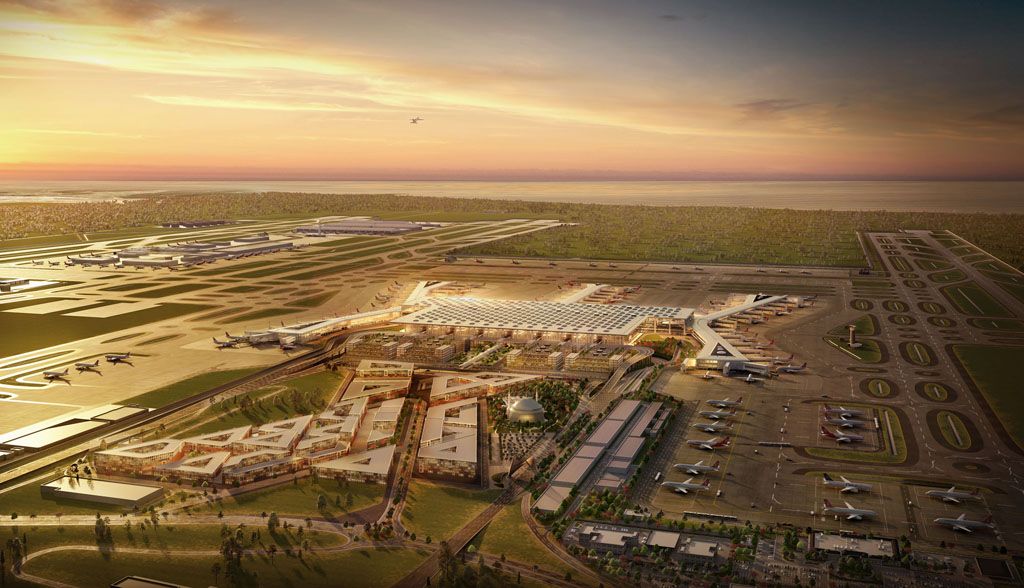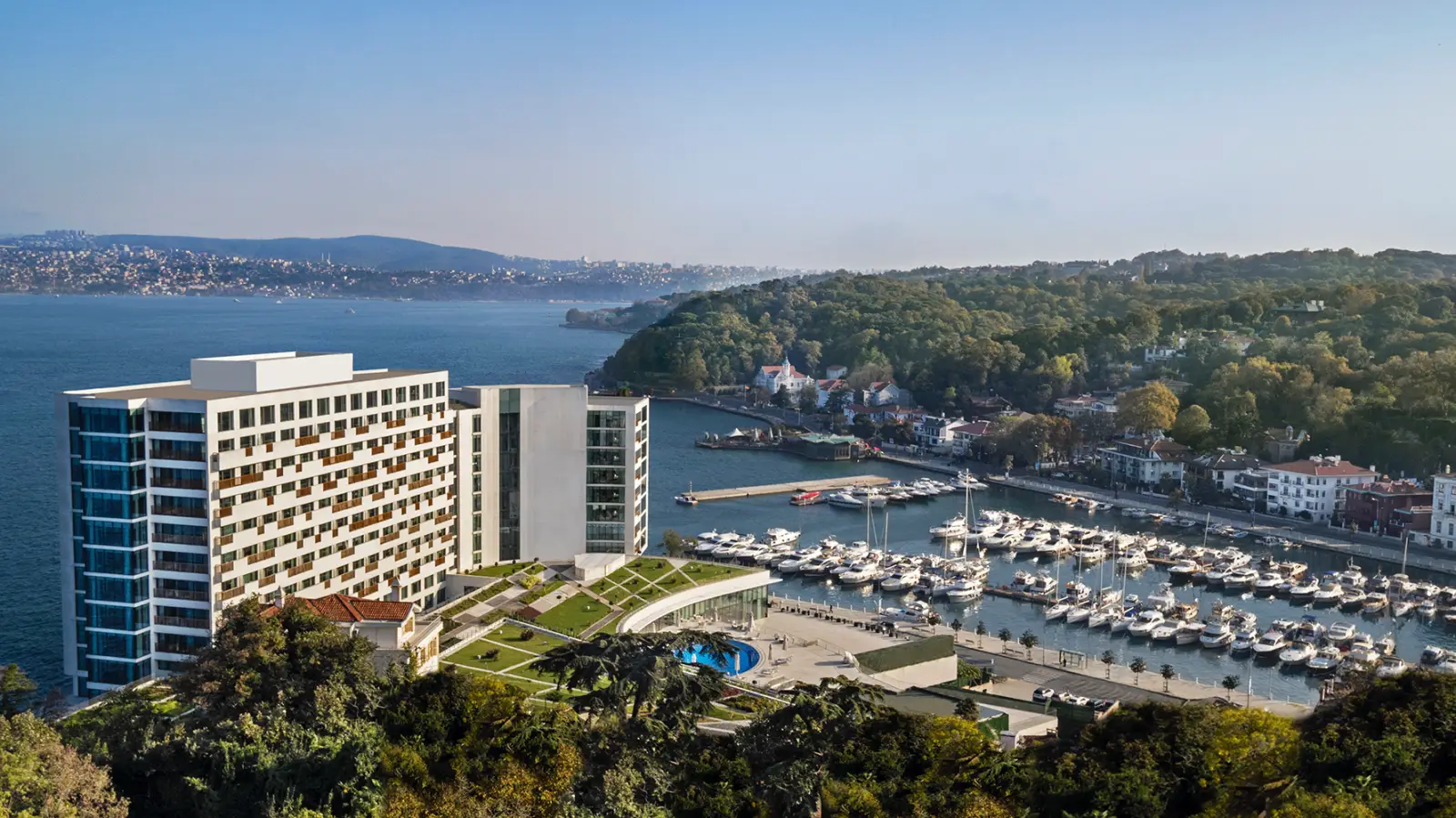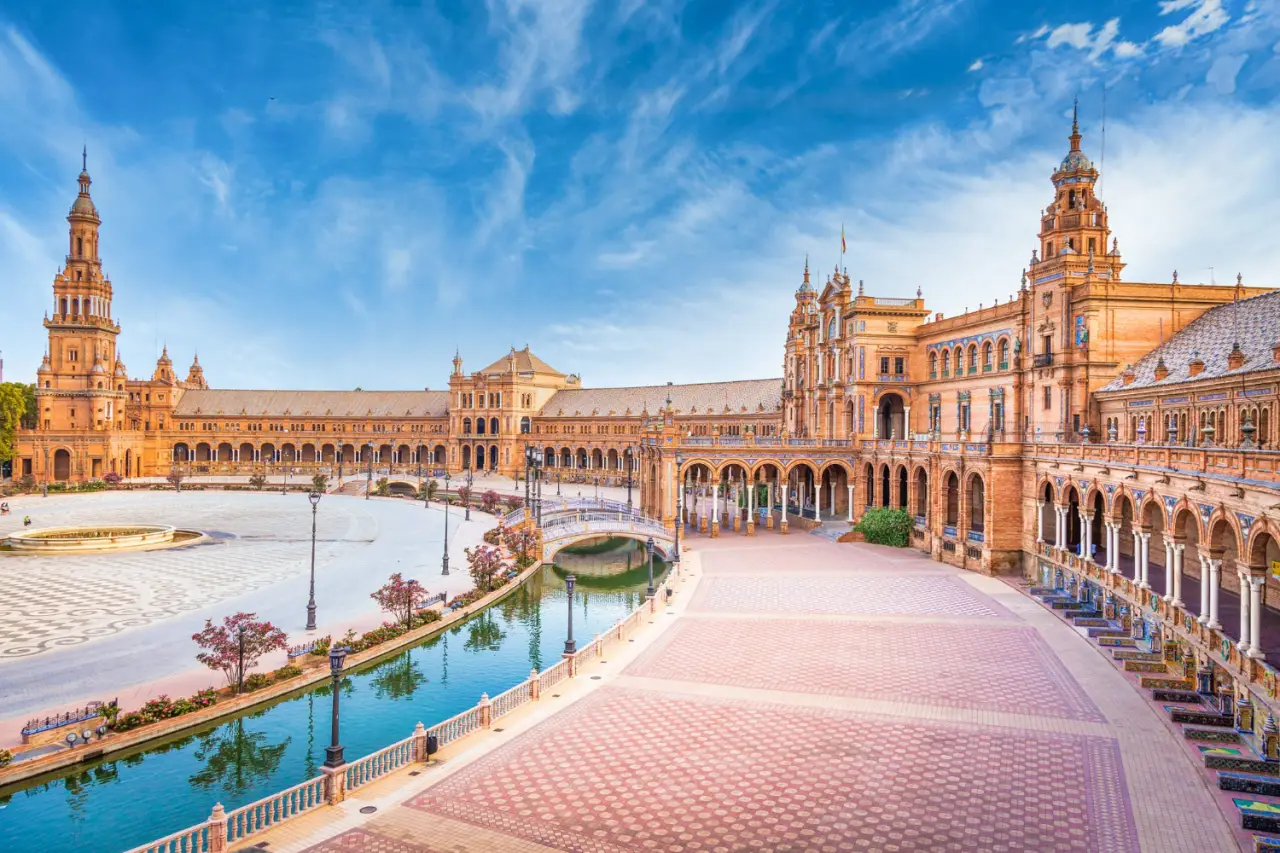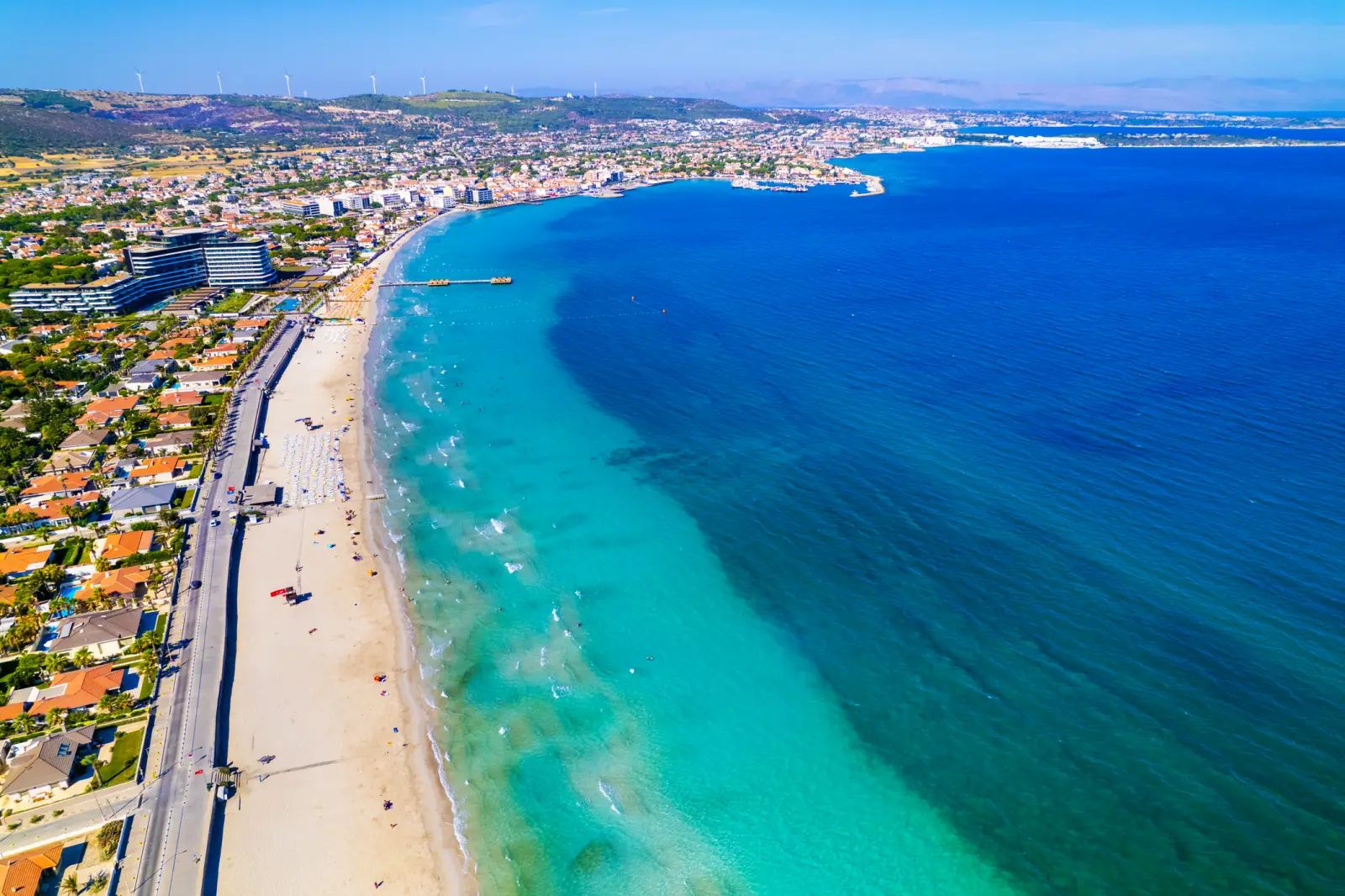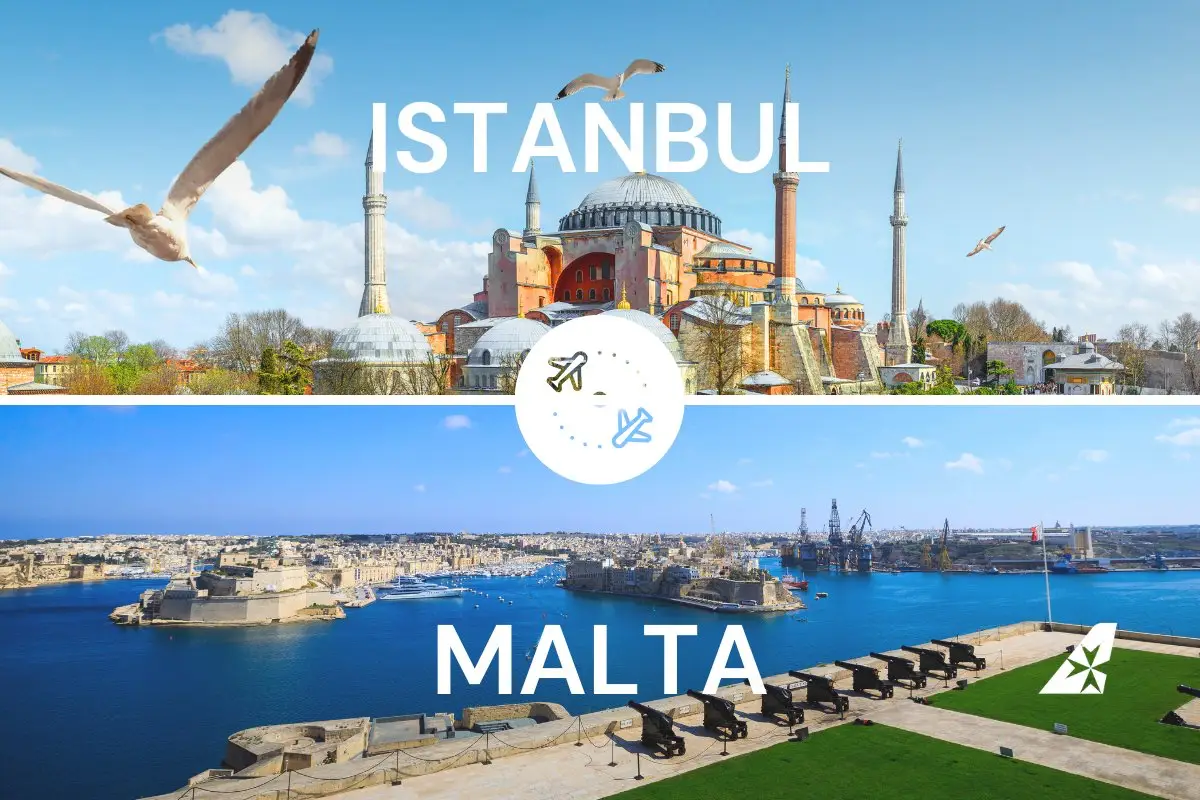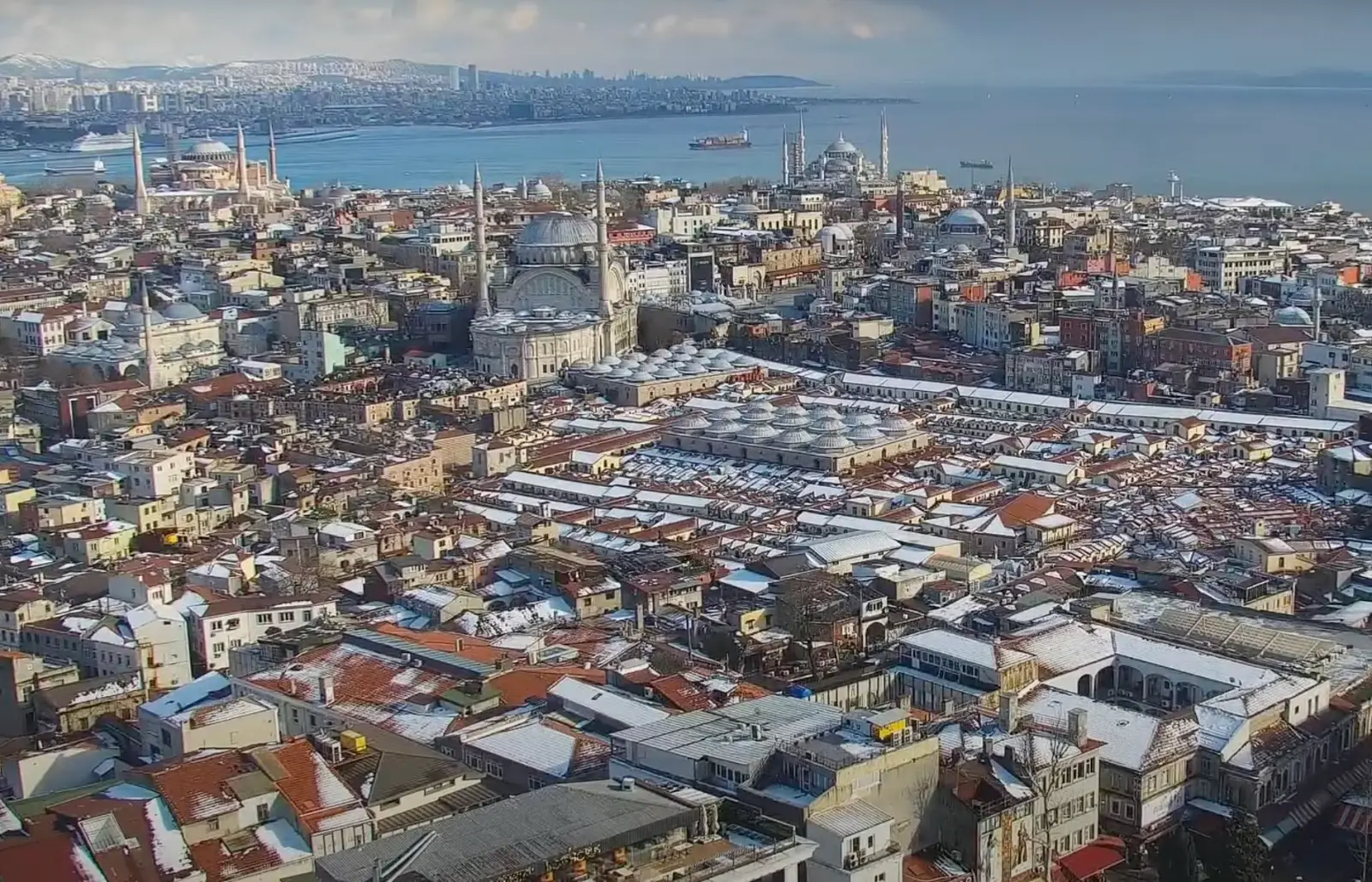A recent report highlights the grim future awaiting the coastal regions of Istanbul and Izmir provinces due to the impending threats of climate change. The world-famous shores, rich with history and culture, face the daunting reality of rising sea levels that may forever alter their landscapes.
According to the Global Balance Association, the entirety of the Istanbul Strait stands in the path of these rising waters. This change is set to engulf iconic structures, including the majestic mansions, palaces, and a tapestry of religious and historical buildings that line the shores.
Relying on projections made by the Intergovernmental Panel on Climate Change (IPCC), the report anticipates a global sea level rise of about 0.5 meters (1.64 feet) by mid-century, possibly doubling by the end of the century.
Specifically, renowned landmarks such as Dolmabahce Palace, Beylerbeyi Palace, and Kucuksu Pavilion may soon require protective measures. With the impending rise, river beds in Goksu, Kucuksu, and Kurbagalidere face the real possibility of flooding. Piers in Uskudar and Kadikoy will also demand renovation to combat these aquatic challenges.
Nuzhet Dalfes, a leading voice behind the report, shed light on the human scale of this threat, stating, “More than 6 million individuals reside in the Marmara Sea’s coastal districts in Istanbul.” He continued, “An area spanning 120 square kilometers (46.3 square miles), standing less than two meters (3.2 feet) above current sea level, is poised on the brink of submersion. Notably, this expanse mirrors the combined area of the Maltepe and Fatih districts. Our analysis suggests that Istanbul’s southern coasts will bear the brunt of this aquatic rise.”
But Istanbul isn’t the only city in jeopardy. The report flags the Gulf of Izmir as another region that will be severely affected. As sea levels continue to rise, the once-bustling holiday spots and beach areas like Guzelbahce might be significantly reduced in size. In addition, the marinas in Sigacik Bay face an uncertain future. One of the less apparent, yet profoundly impactful consequences will be the infiltration of saltwater into freshwater sources. This salination will deal a heavy blow to local agricultural outputs.
This report serves as a clarion call for both local and global communities. The threat to the rich tapestry of history and the lively communities of these regions underlines the broader challenge that the world faces today. As we set our sights on the years ahead, the focus must remain on both mitigation and adaptation strategies, to preserve the treasures of our past and ensure a secure future for coming generations. (AA)

